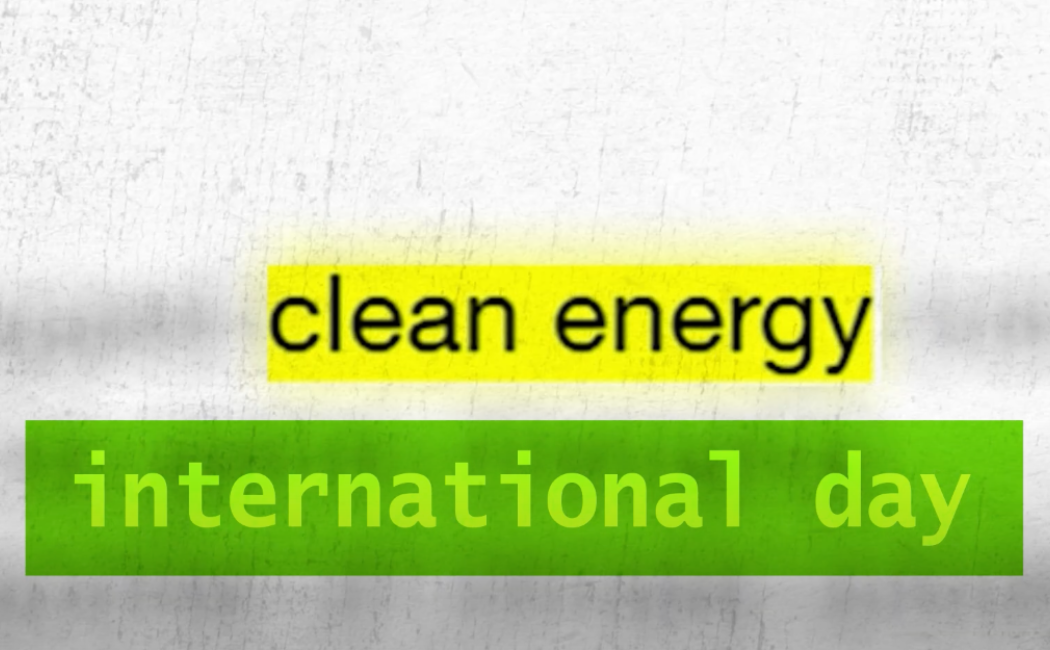
26 January, 2025
As the climate crisis intensifies, humanity faces a formidable challenge: transitioning to renewable energy while safeguarding the ecosystems we depend on. This transformation is critical not only for the environment but also for the economy. Over half of the global GDP depends on the exploitation of natural resources, but climate change and biodiversity loss caused by human activities are placing this reliance at severe risk. To move forward, we need innovative technologies and a comprehensive understanding of the best path forward.
To explore this challenge, we consulted experts from KAUST's Physical Science and Engineering (PSE) Division to provide insights on the next 10-20 years of energy and consumption trends. They also shared guidance on how the private and public sectors should prioritize investments to address the challenges ahead.
Mani Sarathy (PSE Professor, Chemical Engineering): Most of the significant breakthroughs in energy will likely occur after 2040. For now, the most promising approach to clean energy is diversification and localization. Each region’s local environment will dictate which renewable energy sources are most suitable, complemented by a diverse mix of existing fossil fuel-based power plants (e.g., natural gas-fired plants) and hydropower plants in specific areas. Nuclear energy will also play a critical role as a stable, clean energy source in many parts of the world. However, the adoption of lower-cost nuclear reactors remains a challenge for the near future.
Currently, the highest growth is seen in the solar and wind energy sectors, driven by their dramatically reduced costs over the past decade. Solar energy, in particular, is now the cheapest form of energy to deploy at scale in regions with high solar radiation.
Emerging technologies like clean hydrogen—produced via water electrolysis using renewable energy—still face significant cost and scalability barriers. As a result, hydrogen is unlikely to become a major energy resource within the next 10 years. However, it is essential for governments and the private sector to invest in hydrogen development today to ensure its large-scale availability in the future.
Cafer Yavuz (PSE Professor, Chemistry): While renewable technologies like solar and wind dominate decarbonization efforts, transitioning to a net-zero economy requires versatile solutions, especially for hard-to-abate sectors such as chemicals, cement, and steel. Here, transitional technologies like syngas-based systems play a vital role.
Syngas, a mixture of carbon monoxide and hydrogen, serves as a bridge to a low-carbon future, enabling the production of transition fuels and chemicals. For instance, replacing steam reforming with dry reforming in syngas production and producing low carbon fuels from it could prevent up to 20 gigatons of CO₂ emissions globally. Additionally, syngas derived from biomass, waste, or recycled materials can significantly reduce emissions without requiring a complete overhaul of existing infrastructure.
The circular carbon economy model—recycling and reusing carbon—aligns with both practical and planetary constraints of the energy transition. Renewable-powered syngas production offers a tangible pathway to reducing emissions while supporting the sustainable scaling of renewable industries.
Mani Sarathy: For emerging renewable energy technologies, cost is no longer the main barrier. Policy and regulatory hurdles have also largely been addressed. However, the lack of infrastructure—particularly for energy storage and grid capacity—remains a significant challenge. Renewables like solar and wind require substantial investment in grid infrastructure to transport electricity effectively, as these sources are often dispersed.
Technological advancements in energy storage are also crucial. Lowering the cost of batteries and other long-duration storage systems is vital to ensuring a reliable, continuous supply of clean energy. Innovations in next-generation batteries and energy storage solutions are among the most exciting developments on the horizon.
Cafer Yavuz: In my view, both battery and hydrogen technologies will share the future energy landscape. Batteries will dominate consumer use and lightweight transportation, while hydrogen and its derivatives will be key for heavy machinery and industrial applications. However, energy transportation remains an unsolved challenge and will likely be a major research focus in the coming years.
Mani Sarathy: AI will significantly accelerate the development of innovative energy technologies, but real-world applications are unlikely to materialize before 2045 due to the physical limitations of design and testing.
Rising energy demand, driven in part by AI supercomputers, is another critical challenge. As AI systems grow, their energy requirements will increase exponentially, potentially jeopardizing net-zero targets unless carefully managed. AI and machine learning will largely consume clean energy rather than contribute to its availability, underscoring the need for robust and scalable renewable energy systems.
Cafer Yavuz: One major barrier to effective climate action is the lack of a universal metric for measuring the carbon footprint of products and processes. For example, while glass bottles are often considered eco-friendly, their carbon footprint is four times higher than that of plastic.
A Carbon Emissions Factor (CEF)—a unitless, standardized metric indicative of an equivalent mass of carbon emissions—could consolidate emissions data across a product’s lifecycle, from production to disposal. This would empower consumers to make environmentally conscious choices, encourage producers to lower emissions, and guide legislation on carbon taxation and credits. By employing an open-source database overseen by an international body like the United Nations Framework Convention on Climate Change, we can foster global collaboration in reducing carbon emissions.
What does the future of energy hold? While the specifics remain uncertain, one thing is clear: relying on a single energy source won’t be enough. A sustainable and resilient energy future will require a mix of diverse energy sources, working together to meet the world’s growing demands and challenges. The time to plan and invest in this multifaceted energy strategy is now.